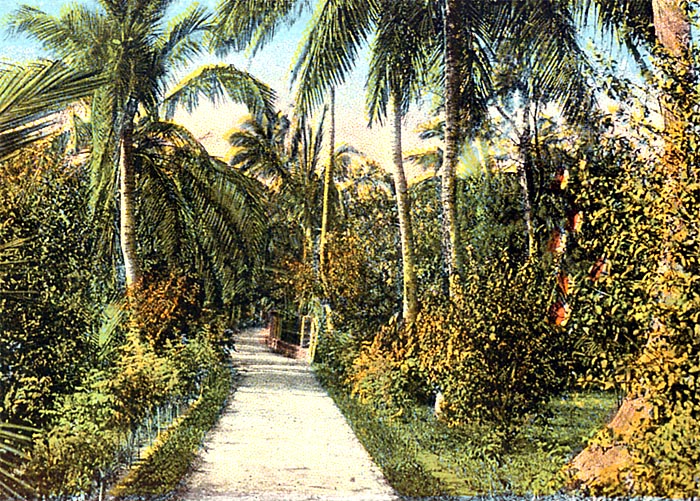
An important factor that contributes to this mindset is geography. In the ancient Near East, sometimes those outside of a particular group or society were considered less “human” by those inside of the group. Looking at recent work done by sociologists and anthropologists, she notes that when forming a group identity, we tend to define ourselves by how we differ from other groups. Mary Joan Winn Leith explores the identity of the wife of Cain.Ī different answer emerges when Leith turns from the traditional responses about the wife of Cain and delves into modern scholarship. According to this reasoning, Cain would have married his sister-one of Abel’s twin sisters no less, according to the Genesis Rabbah. Who did Cain marry? Mary Joan Winn Leith first explores the traditional Jewish and Christian answers that contend that the wife of Cain was another daughter of Adam and Eve. Nevertheless, her identity is still worth investigating. Given that the wife of Cain is only mentioned once in the Old Testament, she would not be counted among the famous women in Genesis.

Who did Cain marry? Where did she come from? Are there other people outside of Eden? In the November/December 2013 issue of BAR, Mary Joan Winn Leith addresses these questions and explores the identity of the wife of Cain in “Who Did Cain Marry?” The narrative continues in Genesis 4 with Cain settling in the land of Nod and having children with his wife.


In theory, this would have dropped the world’s population from four down to three. In no short amount of time-just 16 verses after announcing the birth of Cain and Abel in Genesis 4-Cain has murdered his younger brother and is consequently exiled from the land. While there are many examples of strong and inspiring men and women in Genesis, the book is also packed with stories of dysfunctional families, which is evidenced from the very beginning with the first family- Adam, Eve and their two children, Cain and Abel. Photo: From Charles Foster, The Story of the Bible (1897). This illustration shows Adam and Eve in the Garden of Eden, where God gave them the command to “be fruitful and multiply” (Genesis 1:28).


 0 kommentar(er)
0 kommentar(er)
